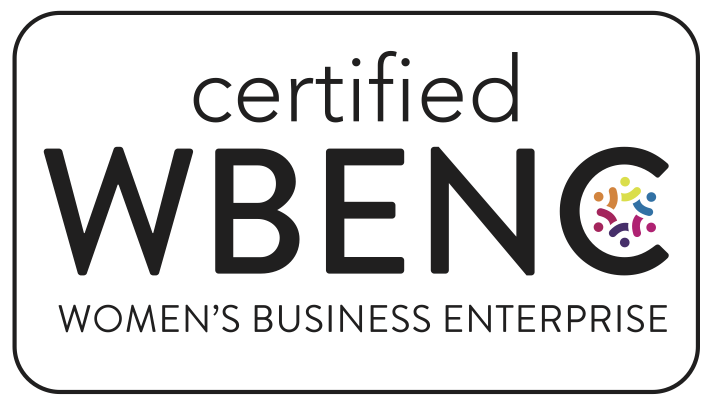The transformation of an organization requires sustained commitment and a guiding vision that is larger than any individual or single function. Efforts to change and improve business operations do not, however, always achieve the intended results. Such shortcomings typically result when leaders fail in one or more of the following five ways.
They Don't Explain the Why, What, and When
Transformations should be strategic decisions that move the organization toward greater value and better performance. This requires leaders to visualize the desired future state and articulate why the transformation is necessary, what it involves, and when it needs to happen (i.e., the timeline). Although tactics are important, emphasizing the overarching goal and its benefits will promote a shared vision across the entire organization.
For example, one chemical company CEO recognized the need to move to high-value-added products from commodities to protect profits. This shift required a new business model, a change in mindset and behaviors throughout the organization, and enhancement of capabilities across the value chain. A successful transformation was possible because leadership made it clear why the transformation was important, what needed to happen, and when it would all play out.
They Don't Prioritize Based on Scale, Speed, and Relevance
Transformation requires a focus that can be difficult to achieve and sustain. Successful efforts start with pilot programs in areas focused on the business's critical aspects to concentrate efforts, identify challenges, and learn what works to create early wins.
Leaders should be aware of other organization-wide initiatives competing for resources and whether they complement or conflict with the transformation objectives. For the greatest efficiency, executives should evaluate the scale, complexity, required time and resources, and business relevance of any initiative prior to selecting and prioritizing pilot programs for implementation.
When the leadership of a steel manufacturing company sought to achieve zero fatalities and injuries across its large and dispersed workforce, it chose one site to pilot its program. This project site achieved results quickly, and executive management converted this win into buy-in from workers across the organization. By applying the information gleaned from the pilot site to all project sites, executives achieved remarkable improvement in safety performance .
They Don't Value Engagement and Empowerment
A company's culture is driven by its employees. In order to change practices or attitudes that have been in place for years, the business must involve, engage, and empower the entire organization. Transformation hinges on a willingness to accept input from all stakeholders and create buy-in throughout the organization -- a process that sometimes demands intellectual humility from leaders. Workers must be seen as the solution, not the problem, and must be engaged in the larger vision.
For example, the leadership of Saudi Arabia's Saline Water Conversion Corporation (SWCC) sought to optimize water usage while boosting water storage and security. To implement the necessary operational improvements, high-potential future leaders in the company were identified to help drive change across the organization; more than 400 employees were coached on new tools and best practices. Within 13 months, the cost of water declined 10-30 percent across four of SWCC's facilities while water availability increased substantially.
They Don't Maintain Ownership and Momentum through Governance
Because a transformation is a series of changes over an extended period, measuring and promoting outcomes can help teams stay focused. To monitor progress, prevent frustration, and foster a collaborative spirit, it is important to clearly identify key performance indicators (KPIs) and milestones.
Additionally, maintaining ownership will affect the pace of the implementation and the organization's ability to sustain engagement during the transformation. Strong governance processes should involve the right stakeholders, prioritize key issues, anticipate risks, celebrate milestones, and hold individuals accountable while keeping the transformation on track.
When Saudi International Petrochemical Company embarked on a transformation program, it established a defect-elimination culture to avoid recurrence of unplanned outages. Ten KPIs were identified for monitoring performance, and governance processes were established to enable fact-based decisions through regular reviews. Worksite dashboards showed workers the benefits they were achieving. Within a year, the program achieved a 20 percent reduction in year-on-year maintenance expenditures without compromising output.
They Don't Communicate
Even though leaders must drive transformation, change cannot be achieved without a combination of bottom-up communication and top-down communication. Empowering all employees to share achievements and concerns instills in them a sense of pride and ownership. Knowing the next steps and how workers connect to the overall vision keeps the entire organization engaged and focused.
One way to generate excitement and engagement is to create an internal brand campaign for the effort. For example, as part of its safety transformation, Norfolk Southern developed the program “I Am Coming Home” to engage the company's dispersed workforce in the safety initiative. Delivered through a multichannel communication strategy, the campaign included videos and handwritten notes from executives and leadership to convey their own “I Am Coming Home” messaging to workers.
Although new systems, tools, and processes are important to a company's transformation, employees are the key to its success. Leaders must help individuals at all levels understand the transformation's benefits, acknowledge employees' contributions to the efforts, and keep them engaged in the process. A holistic, integrated approach that values all employees and their perspectives is fundamental for bringing an organization's transformation to life.
Srinivasan Ramabhadran (Asia-Pacific regional director) and Palaniappan Chidambaram (operations risk management lead) are both with DuPont Sustainable Solutions (DSS), a leading provider of world-class operations consulting services to help organizations transform and optimize their processes, technologies, and capabilities.

